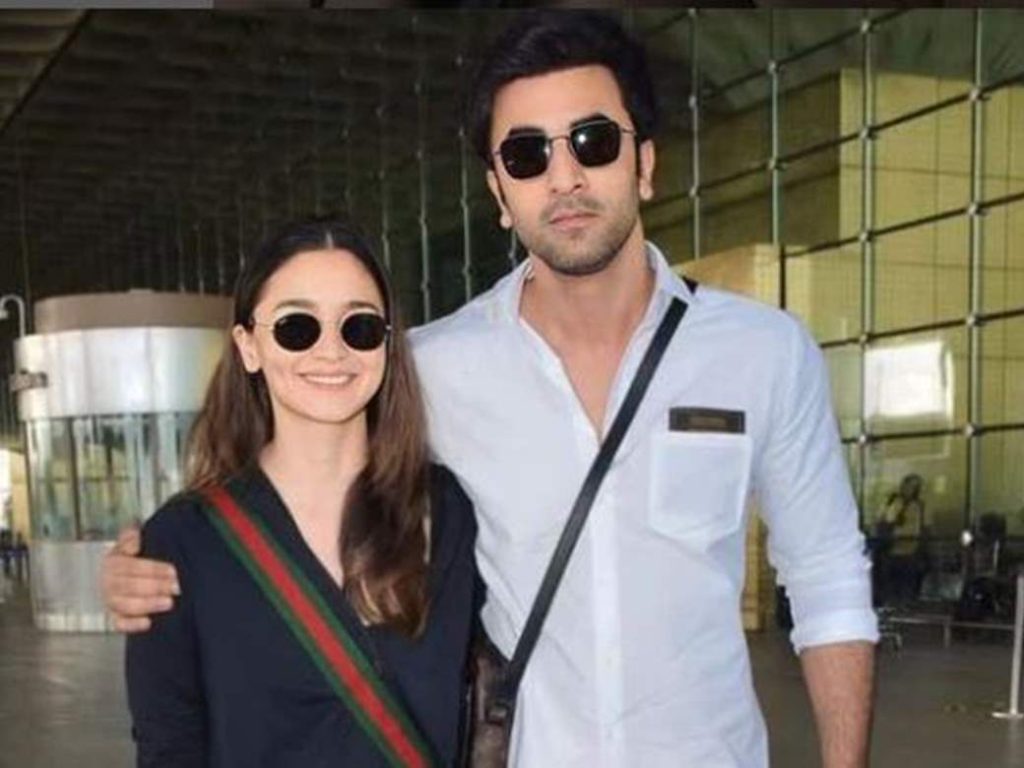In a recent incident that stirred controversy, Bollywood actor Ranbir Kapoor has been embroiled in a legal tussle. This situation arose following a viral video from his Christmas celebration. Lawyers Ashish Rai and Pankaj Mishra filed a complaint against him at the Ghatkopar Police Station.
Controversy Surrounding Ranbir Kapoor’s Christmas Celebration


Despite the complaint, the police have not initiated a First Information Report (FIR) in this context yet. The video at the centre of the controversy shows Kapoor lighting a Christmas cake. In the video, he pours wine and liquor over the cake and exclaims “Jai Mata Di,” with his family members joining him in the chant.
Legal Implications and Public Sentiment
Ranbir Kapoor and other members of the family cut the Christmas cake
byu/Glad-Ad5911 inBollyBlindsNGossip
The complainants argue that this act was disrespectful. In Hinduism, the ritual of invoking the fire god is typically performed with reverence and precedes the invocation of other deities. The complainants assert that Kapoor and his family, by mixing the sacred chant with the use of intoxicants during a Christmas celebration, have not only disrespected the ritual but also deliberately sought to insult the religious sentiments of those who hold these practices sacred.
This incident has stirred a debate, reflecting the complexities and sensitivities surrounding religious practices and their portrayal in public life, especially by public figures. The circulation of the video and the consequent reactions highlight the thin line between personal expression and public sentiment, particularly in the context of religious beliefs and practices.



